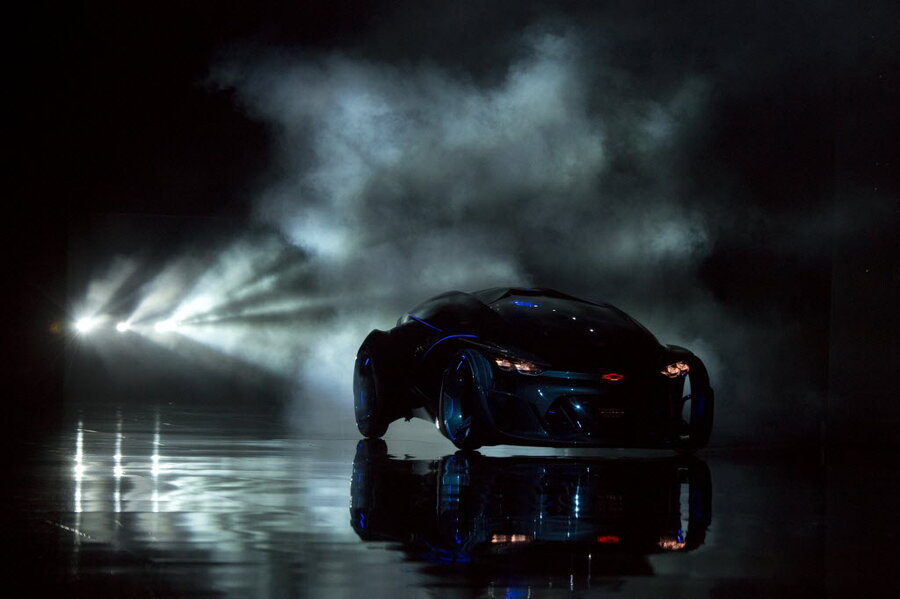Are self-driving cars coming sooner than we think?
Loading...
Cars almost always feature in our visions of the future, whether they are flying, talking, or self-driving.
While fully autonomous cars may still be a while off, automakers are steadily removing the human element from the moment-to-moment aspects of driving. As innovation outpaces law, many questions arise about how self-driving cars will function in the existing infrastructure and whether humans are ready for this change.
Mercedes-Benz and Infiniti already include lane-keeping features that make it possible for drivers to take their hands off the wheel on straight stretches of road. Tesla has said that in the next year its Model S sedan will be able to take over some highway driving, and Cadillac will introduce a “Super Cruise” feature to do the same thing.
As more autonomous features are added, however, these cars begin to face legal ambiguity.
“The federal government largely regulates vehicle design, such as ‘Does it meet crash safety standards,’” Bryant Walker Smith, a professor of law and engineering at the University of South Carolina, told the New York Times. The states are the ones that have regulated drivers and their behavior, but “now the car is becoming the driver.”
Only California, Florida, Michigan, Nevada, and the District of Columbia have explicitly legalized autonomous technology, mainly to encourage product testing. In the absence of regulations, automakers are pushing forward, arguing that the law must allow what it does not expressly prohibit.
And until something actually goes wrong with a self-driving car, there is nothing that the National Highway Traffic Safety Administration can do to stop automakers from selling them, say experts.
“If someone wants to sell a totally automated vehicle today, you could probably get a court to decide there’s nothing N.H.T.S.A. can do about that until it presents an unreasonable risk to safety,” said an agency spokesman, Gordon Trowbridge, told the New York Times.
And it is likely that computer operated vehicles would cut down on the 33,000 car-related deaths that occur in the US each year, as 90 percent of driving accidents are caused by human error, alcohol, drugs, inexperience, speeding, and wet or icy roads.
Yet despite the decades-old fascination with self-driving cars, there remains a certain level of discomfort with giving over the controls of our cars to computers.
“Humans will be much less tolerant of a machine error causing death than human error causing death,” Bill Gurley, a venture capitalist and early investor in Uber, told the Washington Post. “I would argue that for a machine to be out there that weighs three tons that’s moving around at that speed, it would need to have at least four nines because the errors would be catastrophic,” he said, referring to a 99.99 percent safety guarantee.
This level of perfection will be difficult to achieve considering that there is a lot more to driving a car than staying in the correct lane. Self-driving cars would, at the very least, have to be able to respond to severe weather and to know to pull over when an ambulance needs to get by.
For now, autonomous feature are meant to give the commuter a more stress-free drive, not to let commuters watch TV while their car drives them to work.
“This is about making the tedious parts of people’s drives less stressful,” said Jim Nichols, a spokesman for Volvo, which is introducing a hands-free feature in its XC90. “We’re not talking about a driver simply checking out and not paying attention.”






